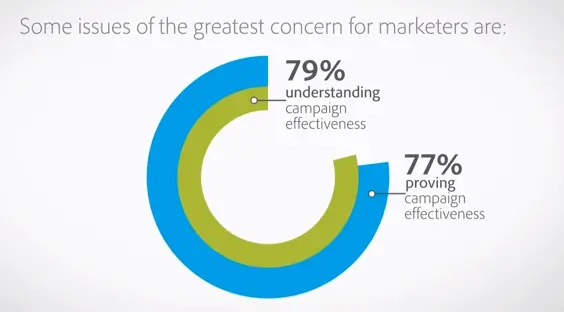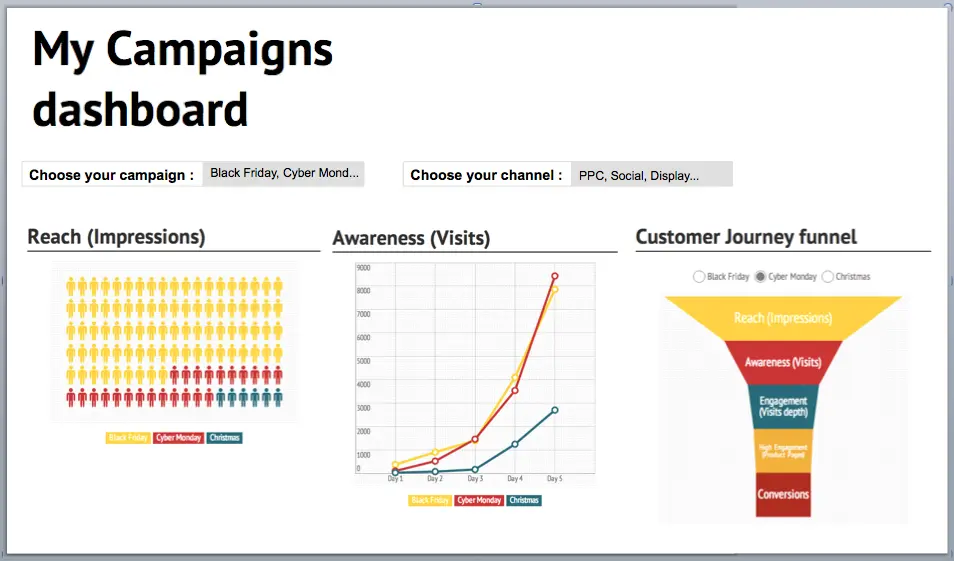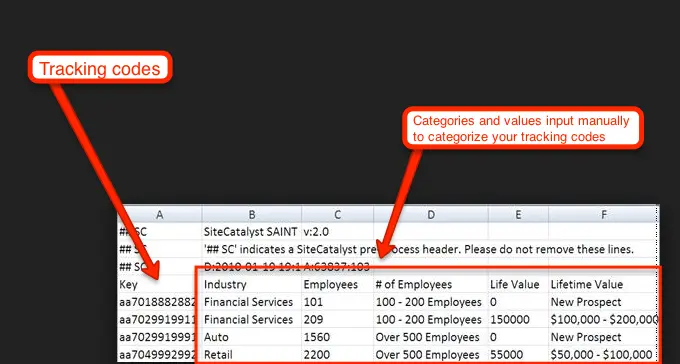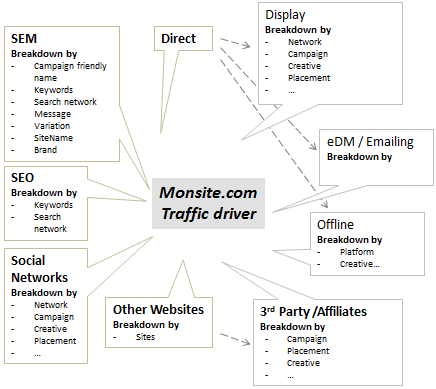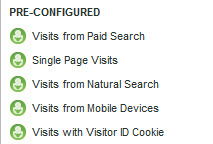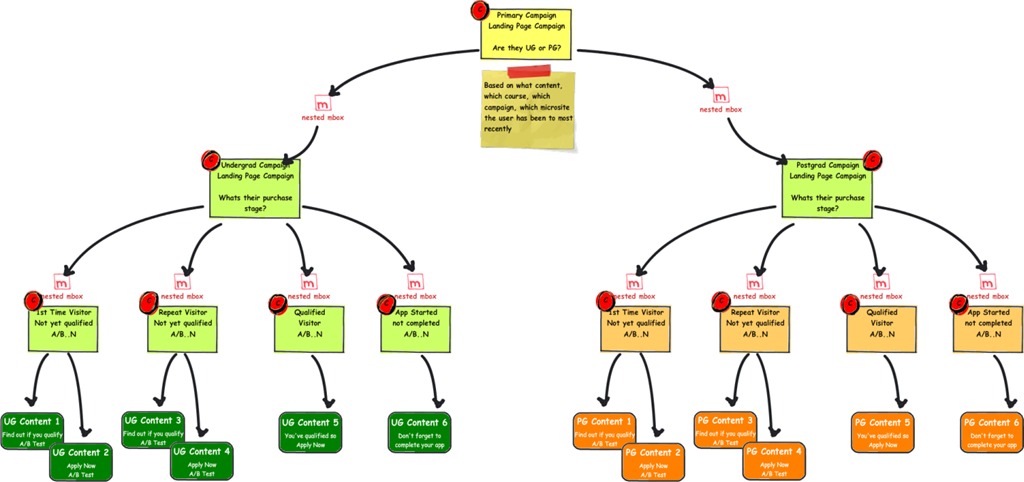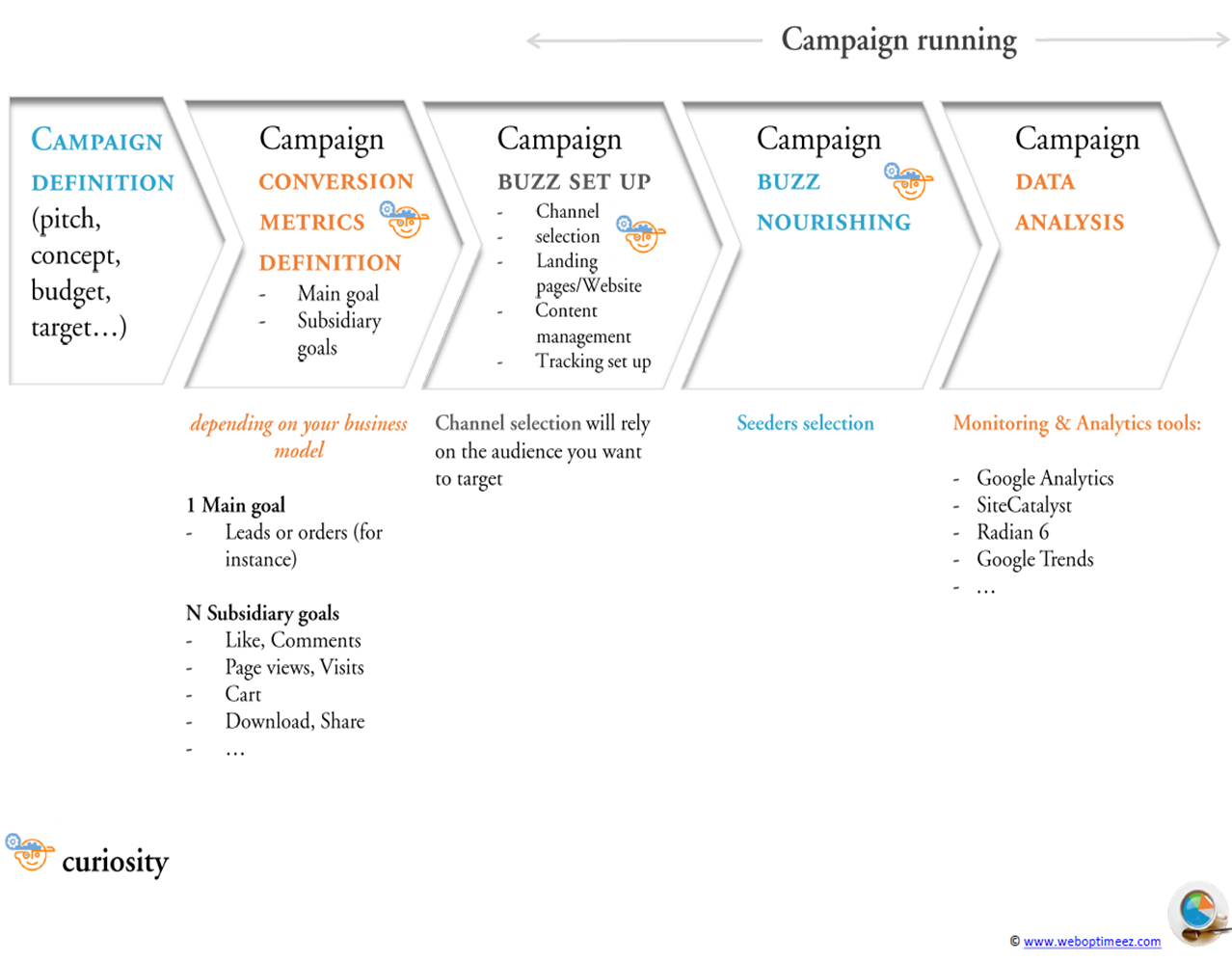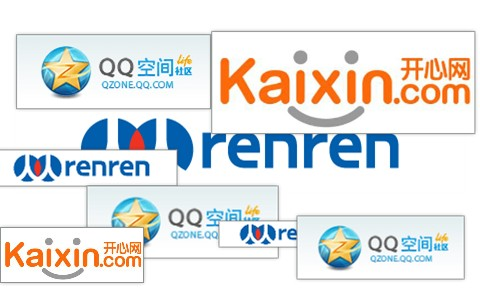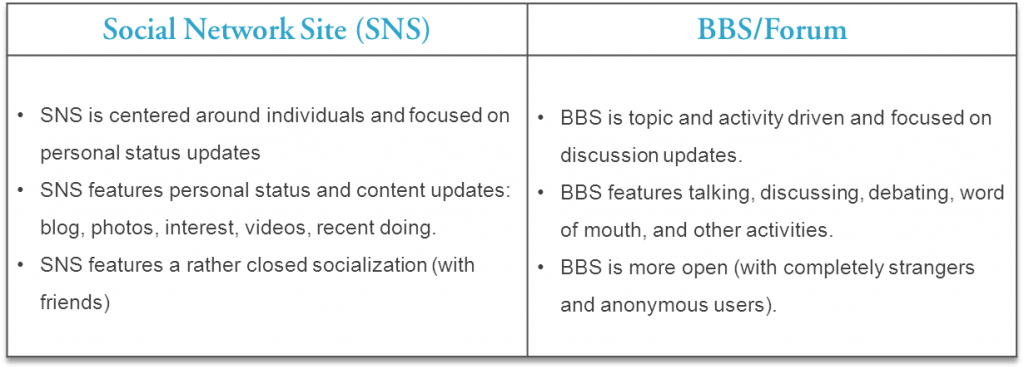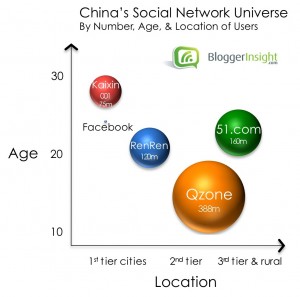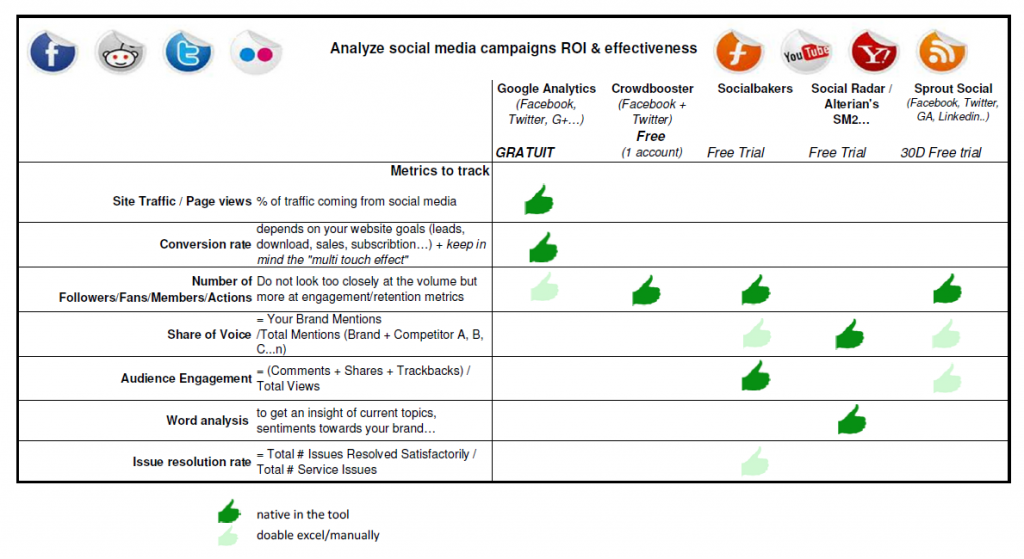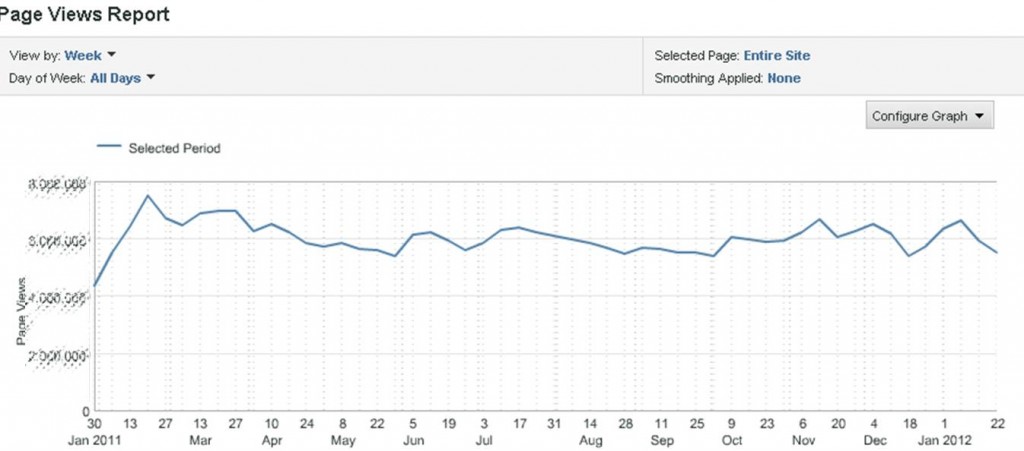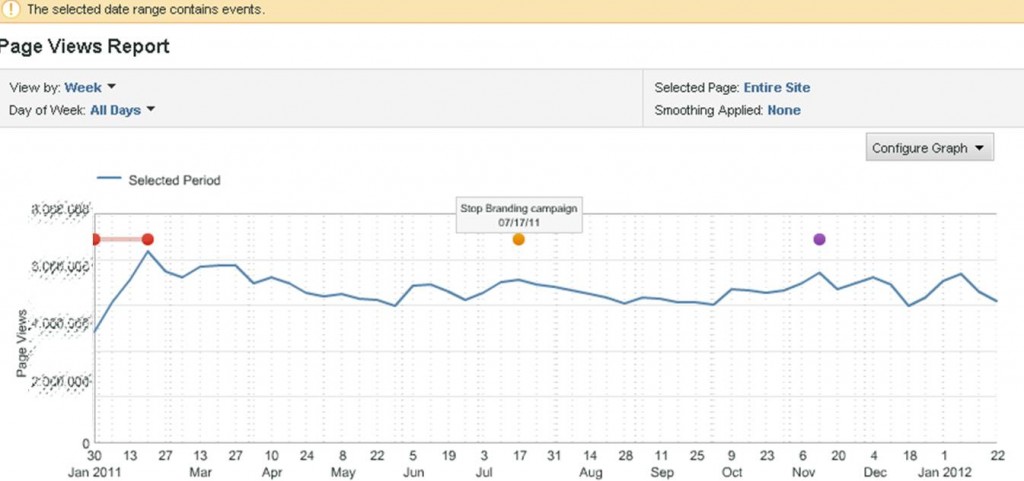Reading Notes: Please bear in mind that this blog post is for intermediate users of SiteCatalyst.
Wooooh a lot ! Mid July Adobe Analytics 1.3 went live and some expected stuff were launched at this time: a new UI, new segmentation capabilities in Discover, Discover changes name by the way – it’s now “Adhoc Analytics” and more importantly some new Classification feature : Rule Builder !
Let’s dig, for those who works with SiteCatalyst SAINT Classification for a while, this is purely awesome ! Not perfect but still best news ever. I was pretty excited when I first heard about the coming Rule Builder, as I was working (and still am) working on a media campaign reporting project with one of my client, this tool came in the nick of time. But let’s begin with some definitions and context.
What is SAINT Classification ?
SAINT is a feature in SiteCatalyst which allows you to categorize retroactively data that you captured. Generally speaking, if you have thousands of items captured under the same variable (such as the keyword variable or the product variable), you may want to categorize them into some groups to have a better understanding of those items interactions and performance.
When do you need SAINT Classification ? Real-life examples.
Product classification
If you own an ecommerce website, you’ll use SAINT classification to have a better understanding of your sales, optimize your upselling and cross-selling features for instance. SiteCatalyst will capture your product ID when a sale is completed, but if you just look at your report which a bunch of product ID you’ll certainly not get any insights from it.
Does this make sense to you ?

But if your product ID can be reclassified into meaningful dimensions then you can slide and dice and reports on something pertinent. Meaningful dimensions would be for instance to classify your product IDs:
- by ROI type such as low/high/mid-margin product,
- or by promotion-type buy 2 get one, 50% off, 2nd purchase offer…
- or by seasonnality…
- or anything which makes sense with your business.
For instance, some examples from others analytics fellas:
This is the kind of reports SAINT enables you to get!
Campaign classification
Campaign classification is one of the tool to help resolve those 2 issues “Understanding & Proving your campaign effectiveness”. When at the end of the day, you marketer, need to look at all your initiatives and decide which one was successful or not , which one engage your prospect enough to continue their journey in the funnel you decided for them.
By default SiteCatalyst enables to look at your incoming traffic by referrer type, then if you use tracking codes appended to your landing pages urls you can get more granular and breakdown by channel : PPC, SEO, OLA, Social… (learn more about campaign tracking and best practices in creating your tracking codes)
The ultimate is to get even more granular and classify your tracking codes by:
- by campaign strategy,
- by product category,
- by creative type or message,
- by publisher,
- by CTA type…
and reports on your campaign beyond the channel dimension and not channel by channel as from a customer perspective the channels split do not exist. Hence you’ll be looking at how your CyberMonday, Black Friday, Christmas… campaigns performed against each other all channel mingled !
That’s what SAINT Classifications allows you to do! Getting a unified view of your campaign performance
What’s new with Rule Builder?
At the end, you’ll be able to do exactly the same thing and get the same reports. But you’ll be more efficient doing it and well time is money. Before Rule Builder your classification was to be done manually via an excel file such as the one below. You will manually input on each row the associated categories values to the tracking code captures and import it back into SiteCatalyst. This was time-consuming and also sources of mistakes.
So here is the before, step by step to create classification reports:
- Thing ahead at your categories
- Create your classification menu with SiteCatalyst admin
- Download an example file with all the items listed (screenshot above)
- Classify them manually within excel
- Upload the file
- Done
Now with Rule Builder step 3 to 5 are combine into one step directly in Sitecatalyst interface: Classification Rule Builder. This interface allows you to create rules to classify your tracking codes/key. For instance when looking at the example above, I’ll enter a rule saying that if a tracking codes starts with aa70 then the Industry category will be “Financial Services” see below:
Save it and done !
And this the after, step by step to create classification reports with Rule Builder
- Thing ahead at your categories
- Create your classification menu with SiteCatalyst admin
- Create your classification rules in Rule Builder
- Done
Find here some details about how to get the most of Rule Builder: 4 articles from Matt Freestone.
What about you, how do you use classification in SiteCatalyst ? Are you happy with the Rule Builder?
